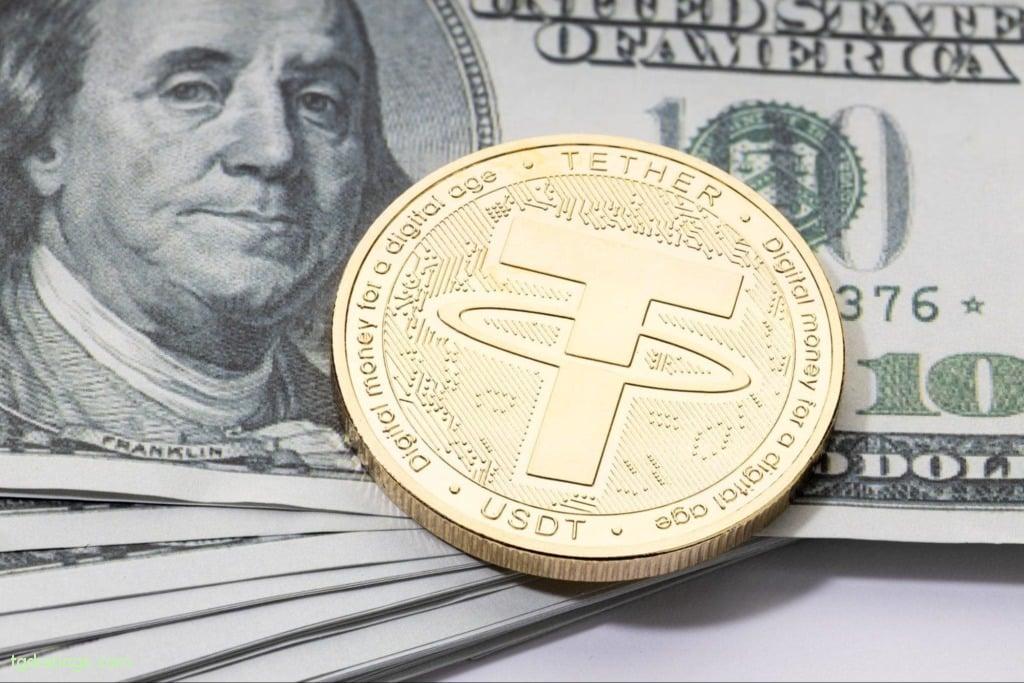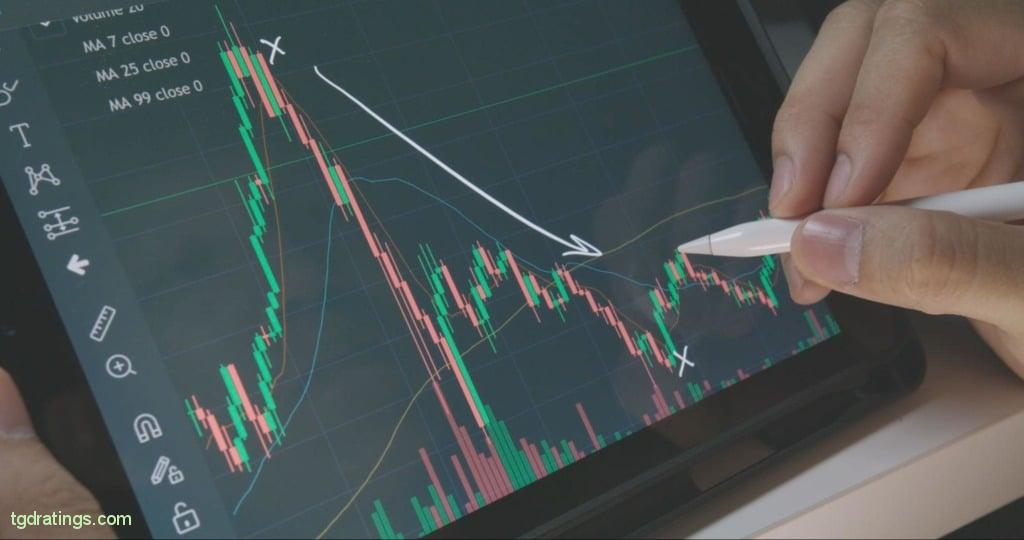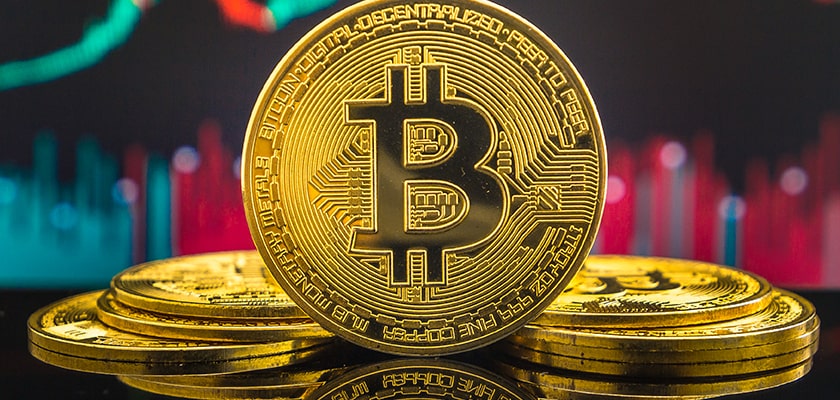The best stablecoins: a detailed guide. Stablecoin rating in 2025
High volatility of cryptoassets is both the most attractive feature of cryptocurrencies and also their main problem. Volatility provides the opportunity to receive super profits at the stage of ICO of projects and successful trading of coins, but at the same time, frequent fluctuations in asset prices limit the possibility of using crypto in the real economy.
This situation led to the creation of stablecoins. The main advantages of these coins are: hard parity with any fiat currency (in most cases, 1:1 with the US dollar) and ensuring the stability of this exchange rate with the help of other assets (fiat currencies, other cryptocurrencies, goods, shares, precious metals, etc.) or special algorithms.

The first stablecoins, BitUSD and NuBits, were released in 2014. Both coins were backed by other cryptocurrencies, and although both projects still exist, they can be called rather unsuccessful – BitUSD and NuBits finally lost parity against the dollar. However, these projects were the first steps towards the development of the stablecoin industry.
We well go deeply into details of features of stablecoins: the features of the most popular coins, principles of their work, and take a lool on list the top best stablecoins of today.
What are stablecoins
Stablecoin is a cryptocurrency that is pegged to a fiat currency (usually to the US dollar) at a ratio of 1:1. To ensure the stability of this rate, you need to tie the entire number of issued coins to some stable asset. The simplest option is pegging the coin to real dollars, i.e. for example, 1 billion coins are backed by 1 billion fiat dollars lying in a bank account.
The third way to ensure exchange rate stability was the algorithmic approach. To do this, a decentralized control system and a special computer algorithm are created and they maintain the value of the asset using some given rules.
What is the value of stablecoins?

Crypto industry experts identify the following advantages that provide the value of stablecoins:
- They are backed by real assets or strict computer algorithms;
- They are useful for global transactions and small cross-border payments;
- The fees for such transfers are low;
- Transactions are made almost instantly;
- Providing asset value protection for traders and investors during periods of volatility in the crypto market;
- There are no restrictions to receive and send such coings anywhere in the world where there is a network connection;
- The ability to link its value to almost any asset.
TOP 10 current stablecoins in 2025
First stablecoins were issued more than 8 years ago. During this time, a list of leading coins in terms of popularity and reliability was formed in the industry. Tokens with the best capitalization and trading volumes are included in our rating of today’s stablecoins.
1. Tether (USDT)
- Year of appearance: 2014;
- Maintained parity: 1:1 to USD;
- Supported blockchain: Bitcoin (Omni and Liquid protocols), TRON, Ethereum, EOS, Algorand, OMG Network, Solana, Binance Smart Chain (BSC);
- Security: The project prospectus declares that USDT is 100% backed by the dollar equivalent held in bank accounts. According to independent estimates, at different times the organization could provide up to 85% of USDT in real dollars;
- Issuer: Tether Operations Limited;
- Features: The most popular stablecoin in the world.
2. USD Coin (USDC)
- Year of appearance: 2018;
- Maintained parity: approximately 1:1 to the US dollar;
- Supported blockchain: Ethereum, Algorand, Avalanche, Flow, Hedera, Solana, Stellar, TRON;
- Security: backed by dollar equivalent held in bank accounts;
- Issuer: Circle Ltd.;
- Features: the Coinbase exchange actively supports the coin, monthly audit and reports on the current security of the coin, the issuing company is under the jurisdiction of one of the most stringent regulators – NYDFS (New York Department of Financial Services).
3. Dai (DAI)
- Year of appearance: 2015;
- Maintained parity: 1:1 to USD;
- Supported blockchain: Ethereum (ERC-20);
- Security: ETH coins stored in wallets of ecosystem’s users;
- Issuer: MakerDAO;
- Features: decentralized govern and independent from regulatory organizations, potentially dangerous dependence on the value of ETH.
4. Binance USD (BUSD)
- Year of appearance: 2019;
- Maintained parity: 1:1 to USD;
- Supported blockchain: Ethereum, Algorand, Avalanche, Flow, Hedera, Solana, Stellar, TRON;
- Security: dollar equivalent in bank accounts and US Treasuries with a buyback agreement. Asset ratio is unknown;
- Issuer: Paxos Trust Company;
- Features: joint project with exchange Binance, regulated by NYDFS, monthly audit and reporting, users pay no commission when creating and redeeming BUSD.
5. TrueUSD (TUSD)
- Year of appearance: 2018;
- Maintained parity: 1:1 to USD;
- Supported blockchain: Ethereum, Avalanche, Tron, BSC;
- Security: dollar equivalent in bank accounts;
- Issuer:TrustToken;
- Features: each dollar of the collateral fund is contributed by a real user of the cryptocurrency, emphasis on the full transparency of the project.
6. Pax Dollar (USDP)
- Year of appearance: 2018;
- Maintained parity: approximately 1:1 to the US dollar;
- Supported blockchain: Ethereum (ERC20);
- Security: dollar equivalent in bank accounts;
- Issuer: Paxos Trust Company;
- Features: NYDFS regulated, monthly audits and reports.
7. Neutrino USD (USDN)
- Year of appearance: 2019;
- Maintained parity: approximately 1:1 to the US dollar;
- Supported blockchain: Ethereum (ERC20) and Waves;
- Security: WAVES cryptocurrency, ETH and ATOM on user wallets and stabilization fund in WAVES;
- Issuer: Neutrino;
- Features: decentralization, but relate on the cost of collateral cryptocurrencies.
8. USDD (USDD)
- Year of appearance: 2022;
- Maintained parity: approximately 1:1 to the US dollar;
- Supported blockchain: Ethereum (ERC20) and Waves;
- Security: USDT stablecoins, as well as BTC and TRX coins;
- Issuer: Tron DAO Reserve;
- Features: decentralization and independence, stabilization fund more than 3 times the capitalization of the coin, available mainly on decentralized crypto exchanges.
9. TerraClassicUSD (USTC)
- Year of appearance: 2022;
- Supported parity: 1:1 peg to US dollar planned after full launch;
- Supported blockchain: Terra;
- Security: algorithmic provisioning with LUNA cryptocurrency;
- Issuer: Terraform Labs;
- Features: a fresh project created after the collapse of Terra 1 (Luna) and a critical drop in its price.
10. FeiUSD (FEI)
- Year of appearance: 2021;
- Maintained parity: 1:1 to USD;
- Supported blockchain: Ethereum;
- Security: algorithmic collateral based on Ethereum ERC-20 tokens;
- Issuer: Fei DAO;
- Features: unlimited emission, decentralization.
Where to buy stablecoins?
Stablecoins, like any other coins, can be bought through a large number of services:
- Cryptocurrency exchanges;
- Electronic payment systems;
- Telegram bots;
- On some official websites of stablecoins or organizations issuing them.
Main types of stablecoins
As mentioned earlier in the article, stablecoins can be divided into several groups according to the type of security assets: other assets backed (fiat currencies, goods, cryptocurrencies) and algorithmic stablecoins. Separately, state stablecoins are singled out, because they are a special type of CBDC (Central Bank digital currency) assets and are actually not a cryptocurrency in the classical sense.
Fiat-backed stablecoins
Fiat security assumes that the company that issued the stablecoin has an equivalent amount of some currency in its bank accounts (or other highly liquid assets that can be quickly turned into fiat) to ensure the stability of the coin. These coins include, for example, USDT and USDC.
Stablecoins backed by cryptocurrencies
In general, cryptocurrency security involves redundant backing – i.e. when creating (minting) a stablecoin, the user must provide a larger amount of some cryptocurrency as collateral. For example, DAI works according to this principle, where when creating one DAI coin, it is necessary to block 1.5 ETH.
Algorithmic stablecoins
These ones use specially created algorithms to work, regulating the number of coins in circulation, the dynamics of supply and demand, and other elements of the economy. Algorithmic stablecoins are divided into two groups:
- Unsecured – price is regulated by supply and demand (eg. ESD, BAC, AMPL);
- Partially or fully backed by a native token – the price is regulated by various mechanisms for influencing a token or a group of tokens (for example, FRAX, UST, sUSD).
Commodity-backed stablecoins
This type of stablecoin is similar to fiat-backed stablecoins, with the difference that instead of fiat currencies and highly liquid instruments, the coin backing fund is created from commodity assets: gold, precious stones, precious metals, real estate funds etc.
State stablecoins
Specific tools called CBDC (Central Bank digital currency) that use some blockchain technology to issue coins. At the same time, these tokens are not full-fledged cryptocurrencies: they issued by the central banks of countries and fully controlled by them. Government stablecoins include, for example, the Venezuelan Petro (backed by oil and minerals) and the Bahamian Sand Dollar (backed by the gold and foreign exchange reserves of the central bank and equal to the fiat Bahamian dollar).
Stablecoin perspectives

Stablecoins is young trend in the crypto industry. Experts agree on the following opinions regarding the future of this sector:
- Stricter legislation and regulatory measures in relation to stablecoins are coming;
- Development of new forms and mechanisms of operation of algorithmic stablecoins towards greater reliability and complexity of tokenomics (against the background of the collapse of UST in 2022);
- Further development of CBDC;
- Declining confidence in algorithmic stablecoins in the short term among investors.
Pros and cons of stablecoins
FAQ
- Networks where stablecoin operates;
- Accountability to regulators;
- Special terms of use;
- History of project hacks and coin thefts;
- Availability of coin backing information;
- Reliability of the organization that issued the coin;
- Your personal goals.
- Fiat currency and highly liquid assets (for example, securities) that can be quickly converted into fiat;
- Cryptocurrencies;
- Commodity assets.
- On the exchange wallet (if the coins were bought on the exchange);
- In a crypto wallet that supports the blockchain and the protocol in which the blockchain operates;
- In a cold wallet with support for the desired stablecoin.
Conclusion
Stablecoins are the special coins that perform two main functions: they serve as a value storage tool for traders and investors in times of high volatility in the cryptocurrency market, and also speed up and simplify transfers between cryptocurrency users. To do this, stablecoins maintain parity with a stable fiat currency, and also have an stabilization fund or a special control algorithm in case of critical situations in the market.
The field of stablecoins is actively developing, and although there are major failures in it (like the collapse of Terra in May of 2022), industry experts believe that such coins have a future.


Comments (0)











